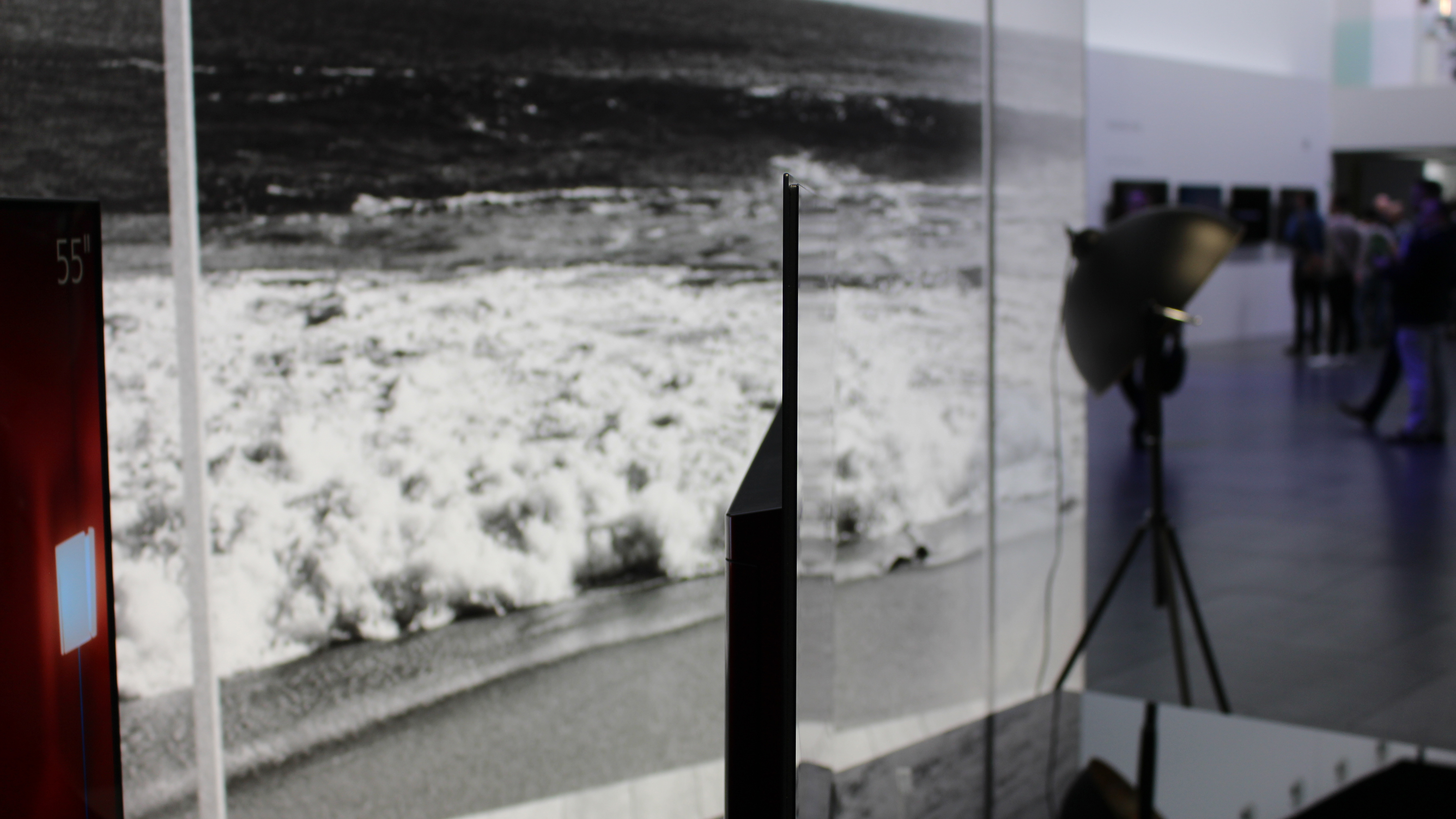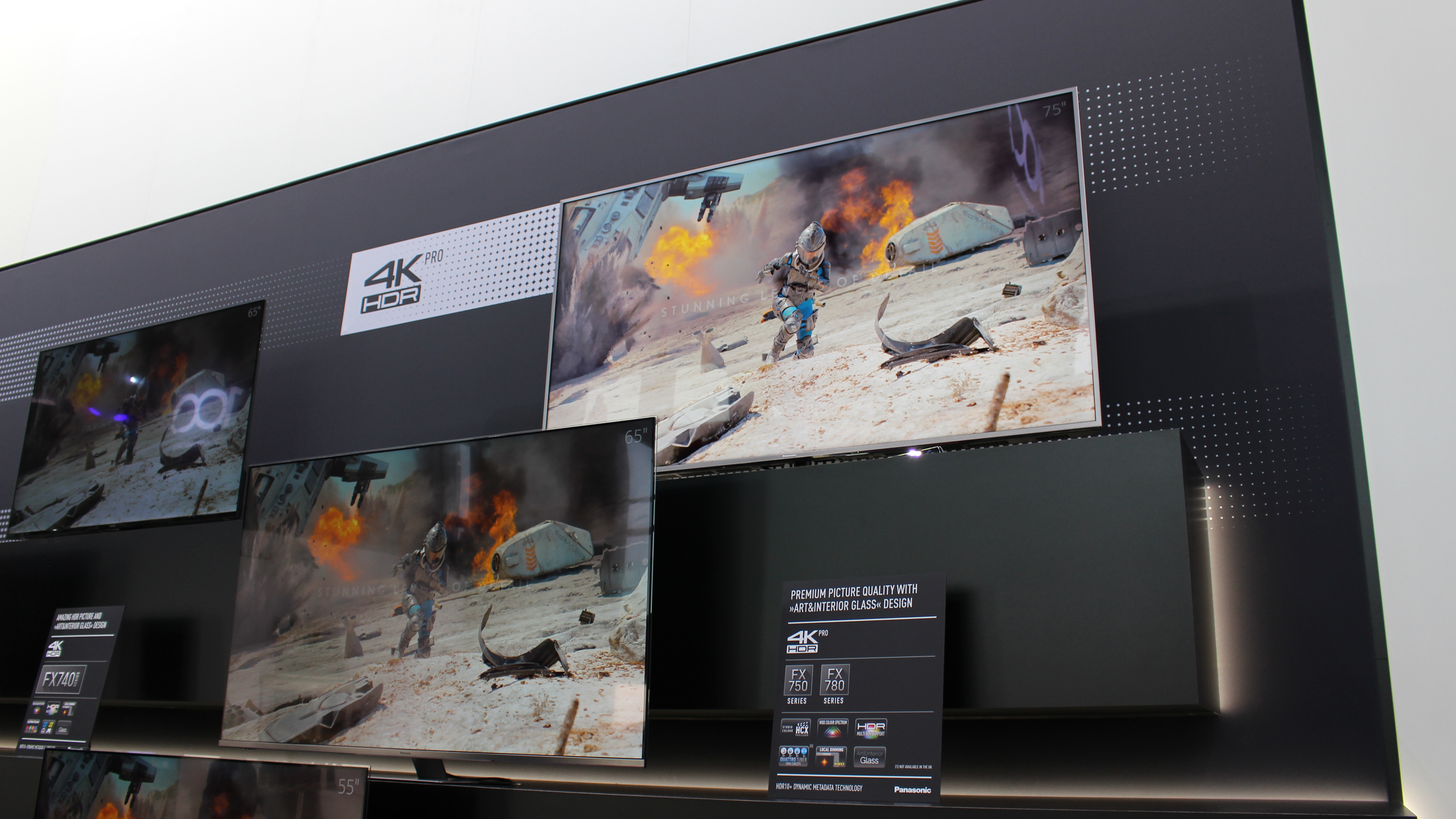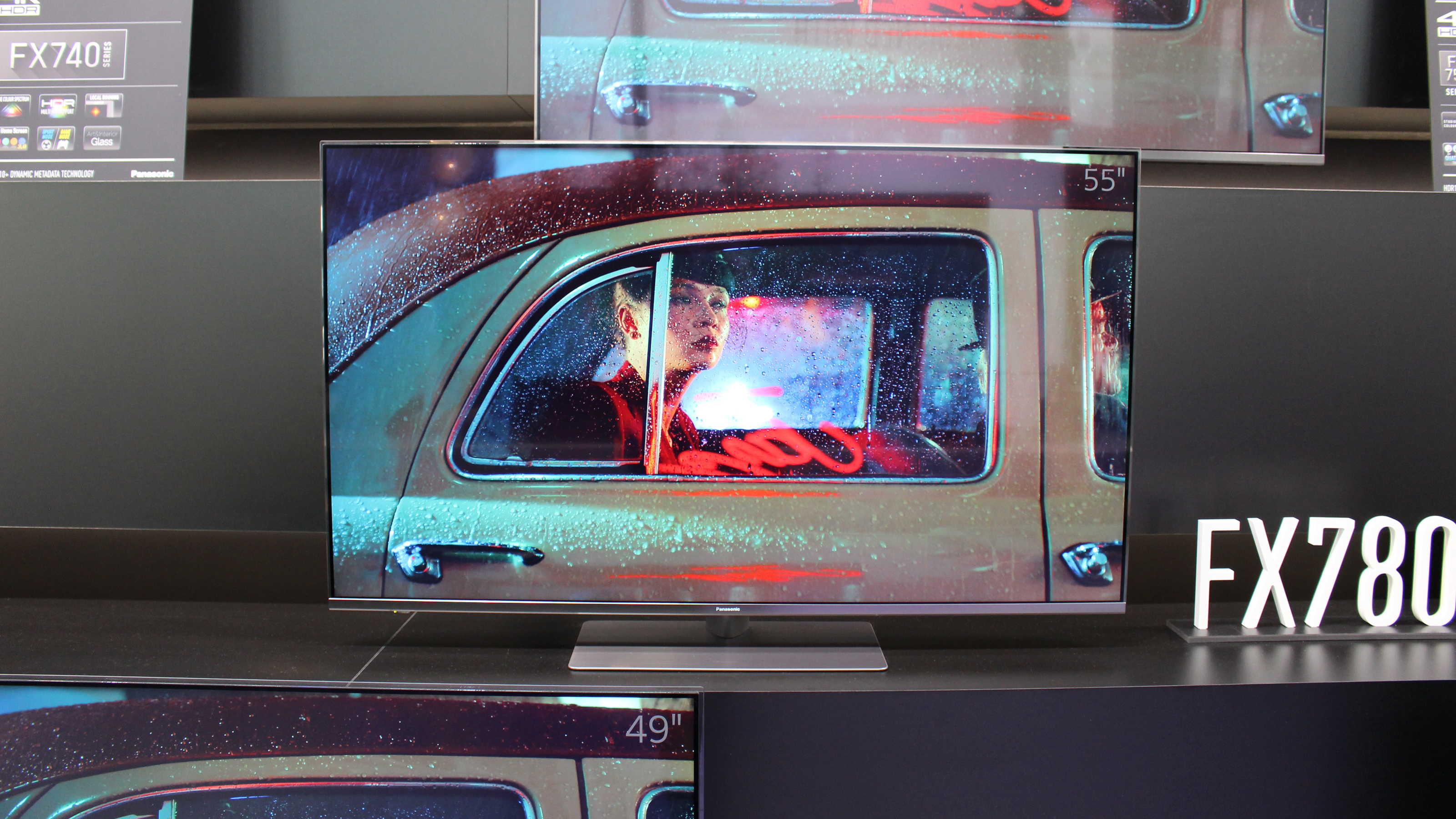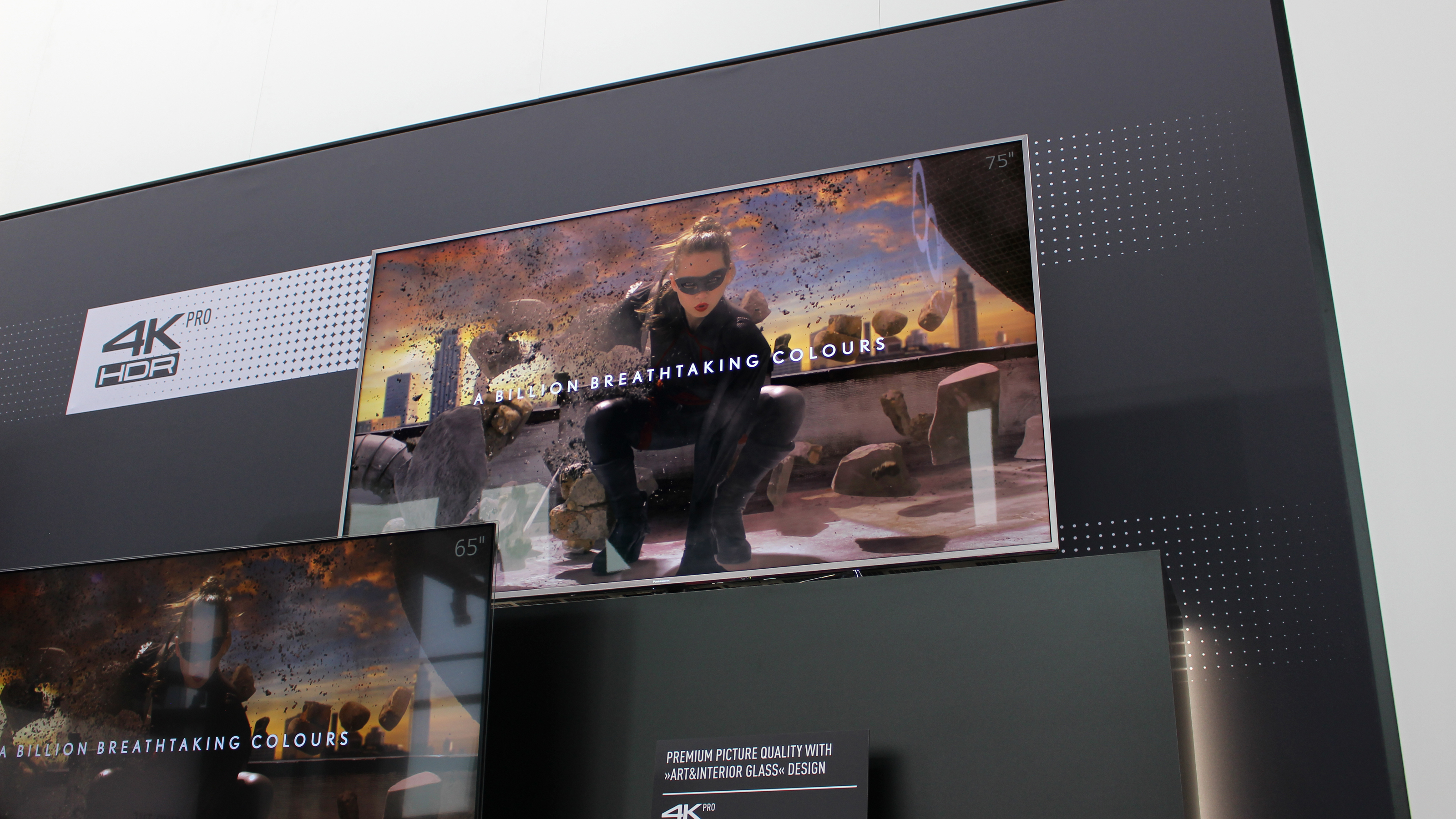Early Verdict
The Panasonic FX750 attempts to bridge the gap between LED and OLED with advanced software and hardware, and so far we like what we see. It's clearly modelled on the OLED range, but is it a true bridge between the two or simply an OLED imitator?
Pros
- +
Rich vibrant colours
- +
Deep blacks
- +
Fast refresh rate
Cons
- -
Panel disparity across range
- -
Price yet to be revealed
- -
Audio quality unknown
Why you can trust TechRadar
Panasonic's 2018 4K HDR OLED range is an undeniable thing of beauty, but not everyone can afford the very top-of-the-range models.
For those who have their heart set on an OLED but aren't able to stretch that far, Panasonic has released the FX750.
The FX750 follows the same design language as it's more advanced siblings, and with some pretty impressive processing power under the hood it's got a display that shouldn't leave you feeling like you've settled.
We had some time with the Panasonic FX750 at Panacon, the annual Panasonic convention, and we're sharing our initial thoughts with you here.
Design
As we mentioned, the FX750 borrows heavily from the design of the OLED range. What this means is that it's incredibly thin.
In fact, you can see from the photograph below that the screen almost completely disappears when looked at from the side.

There's a solid black bezel that surrounds the screen and beyond that a clear glass protrusion that makes it look like the FX750 is one large pane of glass with a screen in the middle.
It comes in a 75-inch, 65-inch, 55-inch and 49-inch variant.
The 75-inch model is a slight anomaly in the range as it's the only one with a VA panel rather than a IPS panel.
This does mean that in a direct comparison, the 75-inch model was noticeably brighter than its siblings, but suffered slightly from the colour shift you'd associate with a VA panel when looked at from an angle.

Performance
The FX750 is a 4K HDR TV, capable of handling HDR10+ content. Panasonic has decided to favour the open-source HDR10+ rather than Dolby Vision for its high-end HDR format, so you won't find Dolby Vision on any of the range.
Again following in the footsteps of the OLED range the FX750 is powered by Panasonic’s HCX processor, which works alongside Wide Colour Spectrum technology to deliver deep blacks and rich vibrant colours.

Not only that, it also has Local Dimming Pro, which (as you’ll probably be able to guess from the name) allows the set to dim the light source allowing for greater contrast, really ramping up the HDR experience. The FX750 is side-lit meaning this dimming won't be as accurate as full array, and it obviously isn’t at the level of OLED, but it is very impressive.
Another thing worth mentioning is the refresh rate. Panasonic claims the FX750 runs at 2200Hz, which after we dug into it actually has a real life effect of 100 frames per second. More than enough if you’re a gamer wanting a responsive set for your games.
Early verdict
We’ve not had enough time to really pick apart the FX750, not to mention we’ve not yet heard the speakers make a sound so can’t comment on audio, but so far we’re happy with what we’ve seen. It seems a little strange that the different size TVs have different panel types, and we did prefer the 75-inch VA panel, but none of the models were a slouch when it came to colour reproduction and clarity.
HDR, when done well is quite something to behold, and while it’s frustrating to be in the middle of a format race between HDR10+ and Dolby Vision, it is great to see a set that can handle HDR content quite as well as the FX750 can.
One of the main deciding factors for the FX750 will be its price, which is yet to be revealed. But as a flagship LED, we wouldn’t expect it to be cheap. For a TV that sits between conventional LED and OLED, we’re thinking the price will probably be somewhere between the two as well.
- Want to check out the rest of the range? Head over to: Panasonic TV lineup 2018: here’s every TV we've heard about so far
Andrew London is a writer at Velocity Partners. Prior to Velocity Partners, he was a staff writer at Future plc.
What is a hands on review?
Hands on reviews' are a journalist's first impressions of a piece of kit based on spending some time with it. It may be just a few moments, or a few hours. The important thing is we have been able to play with it ourselves and can give you some sense of what it's like to use, even if it's only an embryonic view. For more information, see TechRadar's Reviews Guarantee.

